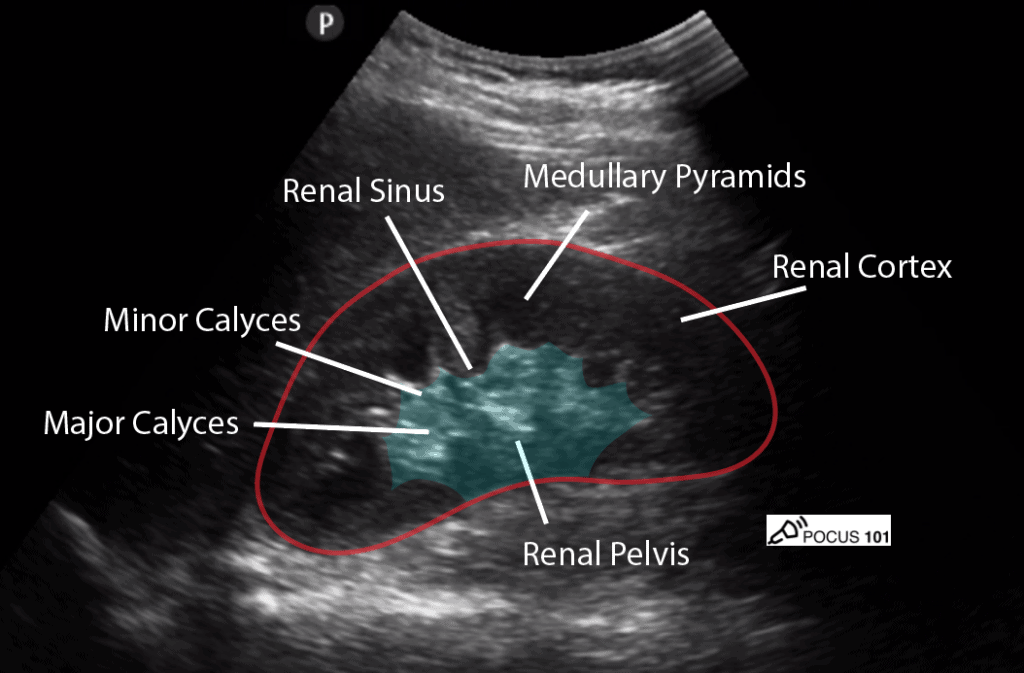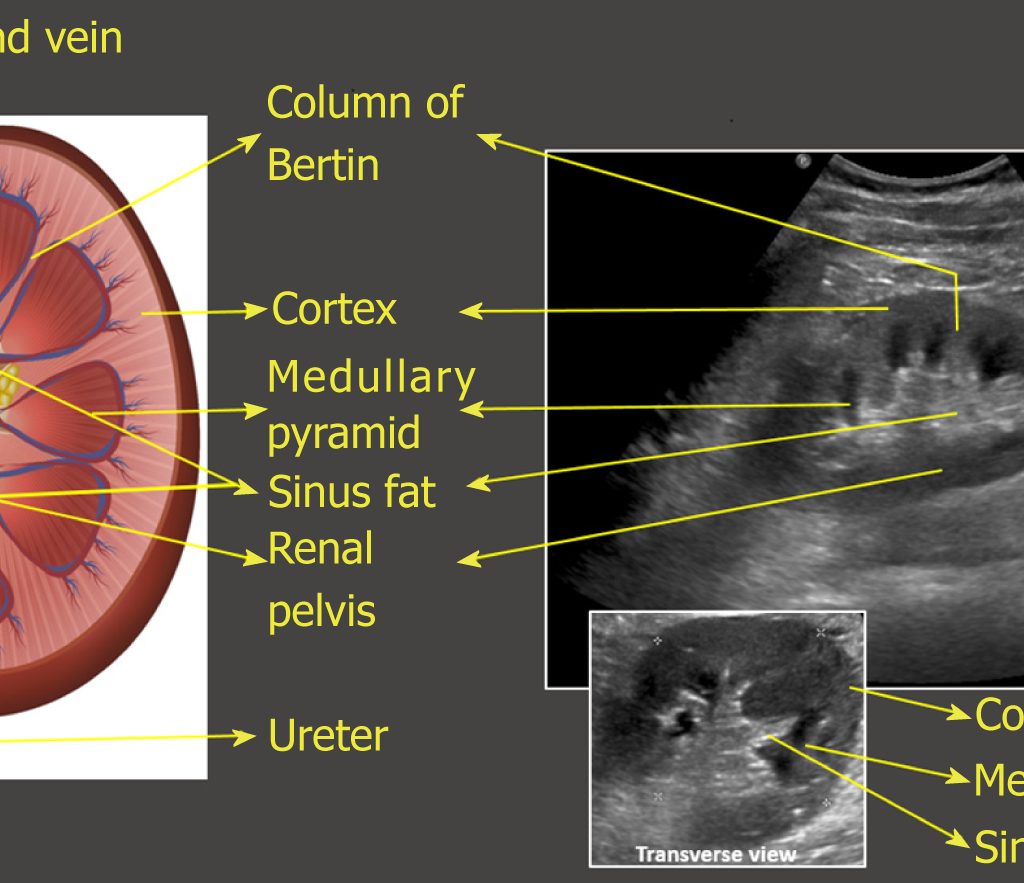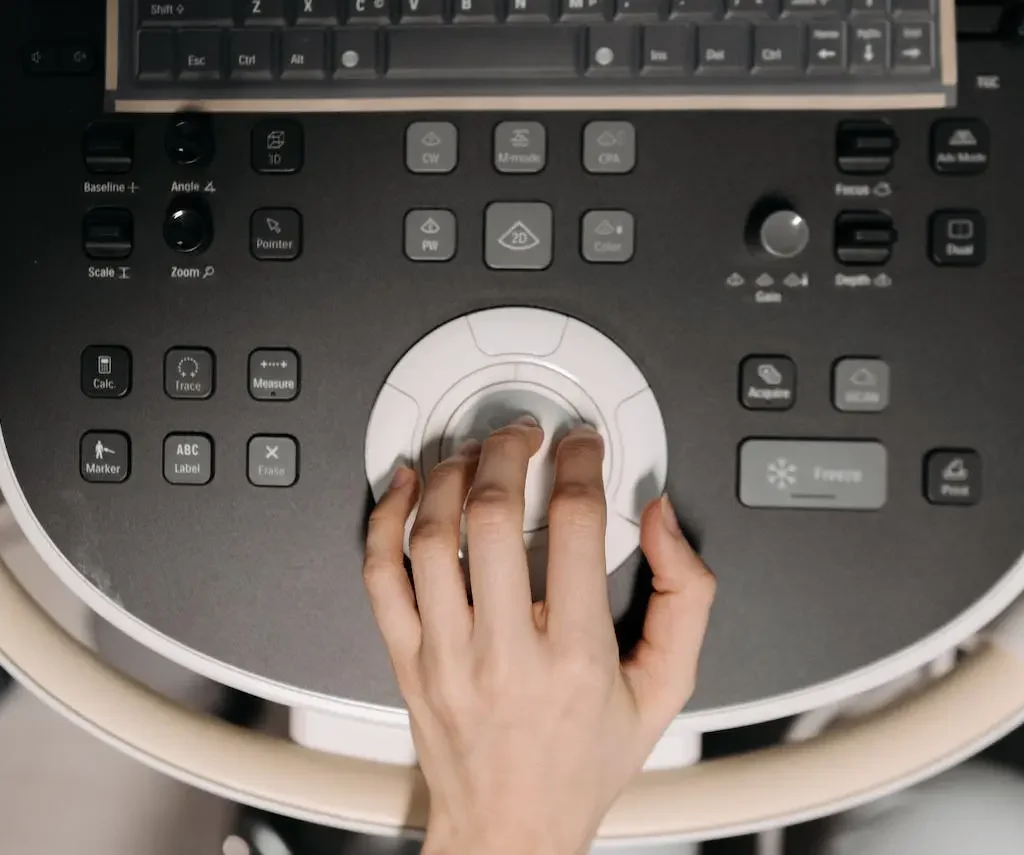The kidneys, vital organs responsible for filtering blood and maintaining bodily fluids, play a crucial role in overall health. Understanding their condition is imperative for early diagnosis and effective treatment. Renal ultrasound, a non-invasive imaging technique, serves as a valuable tool in this regard. Renal ultrasound, also known as renal sonography or renal imaging, is a medical imaging technique that utilizes high-frequency sound waves to create real-time images of the kidneys and surrounding structures.

Importance of Renal Ultrasound
This imaging modality is pivotal in diagnosing various kidney conditions, providing a detailed view without the need for invasive procedures.
How Does Renal Ultrasound Work?
Ultrasound Technology
Renal ultrasound relies on the principles of ultrasound technology, where sound waves are transmitted into the body and the returning echoes create detailed images.
Imaging Process
The imaging process involves capturing the echoes and converting them into visual representations, allowing healthcare professionals to examine the structure and function of the kidneys.
Indications for Renal Ultrasound
Diagnostic Uses
Renal ultrasound is commonly employed for diagnosing conditions such as kidney stones, cysts, tumors, and infections.
Monitoring Kidney Conditions
It also serves as a valuable tool for monitoring existing kidney conditions and assessing treatment effectiveness.
Preparation for Renal Ultrasound

Dietary Restrictions
Patients may be advised to follow specific dietary restrictions before the procedure to optimize imaging quality.
Hydration Guidelines
Staying well-hydrated is crucial for clear imaging, and patients are often instructed to drink water before the test.
The Procedure
Patient Positioning
The patient is typically positioned lying on their back, and a water-based gel is applied to enhance sound wave transmission.
Duration and Comfort
Renal ultrasound is a relatively quick and painless procedure, ensuring patient comfort throughout.
Advantages of Renal Ultrasound

Non-Invasiveness
Unlike invasive procedures, renal ultrasound does not involve surgical incisions, reducing the risk of complications.
Real-Time Imaging
Real-time imaging allows healthcare professionals to observe kidney function dynamically, aiding in accurate diagnoses.
Common Findings
Kidney Stones
Renal ultrasound is particularly effective in detecting the presence and location of kidney stones.
Cysts
The imaging can identify cysts, fluid-filled sacs, which may require further evaluation.
Limitations of Renal Ultrasound
Inability to Visualize Deep Structures
While effective for surface-level examination, renal ultrasound may face challenges visualizing deep structures within the kidneys.
Operator Dependency
The quality of the results can depend on the operator’s skill and experience.
Risks and Safety Measures
Non-Ionizing Radiation
Renal ultrasound involves non-ionizing radiation, making it a safer alternative compared to other imaging techniques.
Safety Protocols
Stringent safety protocols are in place to ensure the well-being of patients during the procedure.
Renal Ultrasound in Special Cases
Pediatric Applications
Renal ultrasound is widely used in pediatrics for assessing congenital kidney abnormalities.
Pregnancy and Renal Ultrasound
It is considered safe during pregnancy and is often used to monitor the kidneys of expectant mothers.
Interpreting Results
Normal vs. Abnormal Findings
Understanding the nuances between normal and abnormal findings is crucial for accurate diagnosis.
Consultation with a Specialist
Interpretation often involves collaboration with nephrologists or urologists to determine the appropriate course of action.
Comparative Analysis with Other Imaging Techniques
CT Scans
Comparative analysis with CT scans highlights the strengths and weaknesses of each imaging method.
MRI
MRI provides additional insights into soft tissues, complementing the information obtained from renal ultrasound.
Latest Technological Advancements
3D Ultrasound
Emerging technologies, such as 3D ultrasound, offer enhanced visualization for more precise diagnostics.
AI Integration
The integration of artificial intelligence enhances the efficiency and accuracy of renal ultrasound interpretations.
Patient Experiences and Testimonials
Real-Life Stories
Hearing about real-life experiences can provide insight into the impact of renal ultrasound on patients’ lives.
Impact on Healthcare Decisions
Understanding how renal ultrasound has influenced healthcare decisions empowers individuals to prioritize regular checkups.
Conclusion
Recap of Key Points
Renal ultrasound stands as a pivotal diagnostic tool, offering a non-invasive and real-time glimpse into the health of our vital kidneys.
Encouraging Regular Renal Checkups
Regular renal checkups empower individuals to proactively manage their kidney health, fostering overall well-being.
FAQs
- Is renal ultrasound safe during pregnancy?
- Renal ultrasound is generally considered safe during pregnancy and is often used to monitor the health of the kidneys in expectant mothers.
- How long does a renal ultrasound procedure take?
- The procedure is relatively quick, typically lasting 30 minutes or less, ensuring minimal discomfort for the patient.
- Can renal ultrasound detect kidney stones?
- Yes, renal ultrasound is highly effective in detecting the presence and location of kidney stones.
- What are the dietary restrictions before a renal ultrasound?
- Specific dietary restrictions may be advised to optimize imaging quality, and patients are often instructed to stay well-hydrated.
- How often should one undergo renal ultrasound for preventive healthcare?
- The frequency of renal ultrasound for preventive healthcare may vary based on individual health conditions, and it is best determined in consultation with a healthcare professional.
